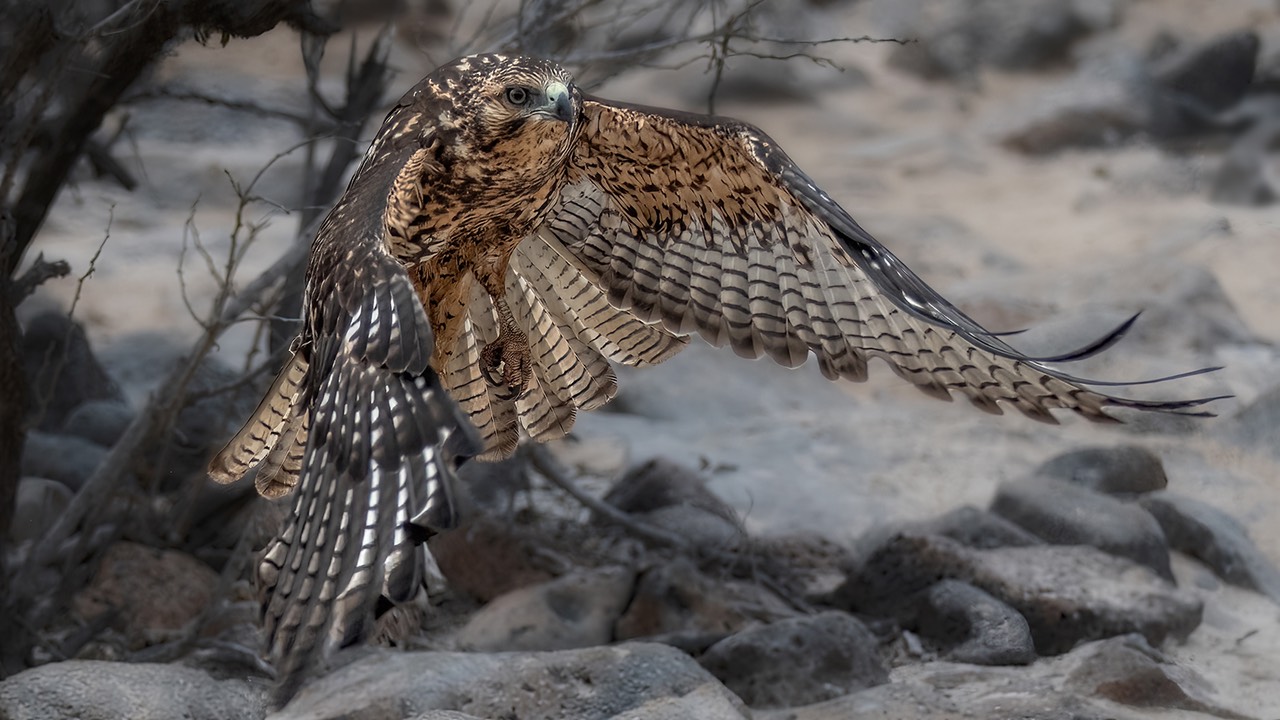I continue to be struck by how so many people come up with so many excuses explanations to Switch or Leak between systems. This is one reason why I started writing about switching and leaking in the first place: the explanations were lame and used as justifications for something that they just felt like doing for some reason.
The usual explanation is "Brand X hasn't done Y", where Y is a feature, a pixel count, a buffer size, or some other thing that Brand Z's marketing department has started trumpeting loudly. In case you don't get it, here's the sequence:
- Brand Z Marketing successfully reveals something unique and highlights its desirability.
- This is amplified in ways that are highly suspicious (paid shilling, basically), but also by influencers and fan boys in general seeking attention or self esteem.
- The consumer sees the #1 and #2 and believes they're missing out on something.
- The consumer buys the Brand Z product.
- Brand X introduces the same feature, pixel count, buffer size, or whatever so as to be either equal or better to Brand Z. They often also add a new feature, pixel count, buffer size, or whatever.
- Goto Step 1.
If you're of the "he who dies with the best toys wins" belief (and about to die ;~), sure, go ahead and make a leap. The rest of you are probably interested in taking photos (or videos), so until you maximize what you can get out of what you have, it's mostly a waste of money to play this never-ending switch game.
Lately I've been seeing a slightly different variation of the game repeated without actual facts on the ground. It has to do with "lens selection." For instance "The [Sony] lens selection alone is nuts compared to the Nikon lineup." Well, yes if you ignore the F-mount lenses, ignore the telephoto options, and don't mind counting near-duplicate 35mm and 50mm primes in your counts. Reality for a photographer is a little different, though. I'd say the one clear lens issue for the Nikon Z-mount happens only at wider than 14mm. Sony has two lenses that go down to 12mm.
Okay, then there's some Tamron lenses that fill the lineup a different way, though three of those are already in the Z lineup with another known coming.
So, even if I concede the "selection is nuts" contention—and I don't—it's probably very short-lived.
A great deal of the excuses explanations I see these days for leaking and switching are actually attempts at self-convincing. If I can proclaim a clear win, then I made the right choice. The "right choice" has always been a challenge to make. And if you stick with a choice you make you may get tarred with the old "no one ever got fired for buying IBM" notion, i.e. that there is a "safe" choice by picking a leading brand and sticking with it.
I first outlined my thinking almost two decades ago:
A. If you've been using a popular camera brand for a reasonable period of time, just stick with the brand. The game of leap frog will eventually catch you up and move you ahead, and you won't be buying much more than a new body or have to learn more than a few new features and customizations.
B. If you're just getting into cameras, then it pays to take some time and figure out what's the best current and future brand for you.
Five years ago, I would have said A was a Canon/Nikon DSLR, while B should also include Olympus/Sony mirrorless. Today I'd tend to say that A is Canon/Nikon/Sony, and B might also include Fujifilm or OM Digital Solutions.
To put it another way: staying with a brand has clear benefits over a long period of time. Bouncing between brands is a good way to waste money.
Not that some pros don't do just that. Our need to stay on top of the game—for sports photographers quite literally—does have us wobble between brands at times because we can see a clear and useful benefit we can take advantage of short term. However, most of those pros doing that are writing off their cameras against their business and using them hard enough that they're rebuying in two to three year increments (the photography agencies tend to be on four year increments for big gear contracts).
Yes, the frog-leaping between brands lately has slowed to a more leisurely pace. I suspect that will return to the two-year leaping cycles we've seen in the past. Meanwhile, what you own today takes excellent photos. I just reiterated that for my own benefit as I was preparing some images for an upcoming presentation:

Guess the camera and lens. Go ahead, guess, I can wait...
...
...
...
...
...
...
Hint, it's not a Nikon Z9.
...
...
...
...
...
...
And it's not a Nikon D6.
...
...
...
...
...
...
...
It's a Nikon D7500 with the 70-300mm AF-P lens (and the lens is at 120mm). I've done a little bit of processing to pull the bird off the background, but note that this is also at ISO 800 and with the camera doing the focusing (under my control, a point I keep making).
So, no, you don't need a new camera. I'm very happy with that result, and you would be, too.
